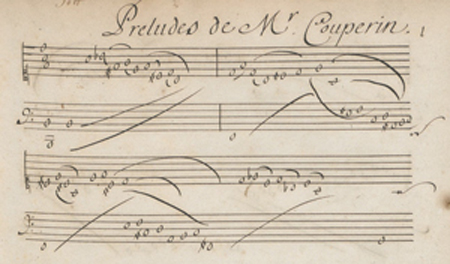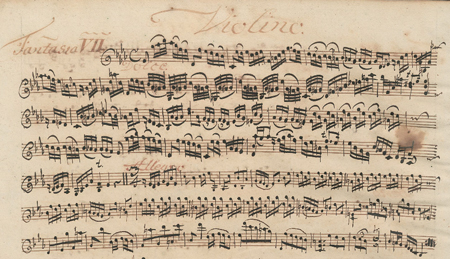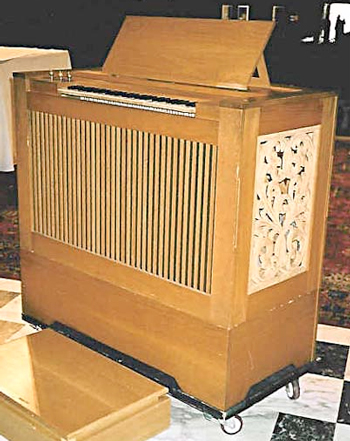by Daniel Hathaway

The calligraphy is beautiful on the page, but how do you rhythmicize those notes at the keyboard? Mitzi Meyerson devoted much of Thursday morning’s harpsichord master class to that topic, beginning as always with student performances.
The secret in Louis Couperin’s d-minor Prelude, she said, is to seek out the harmony — determining the essential chord progressions by playing them in basso continuo style. Then you can add the other notes and structure the music to express whatever emotion you’re feeling at the moment of performance (“My dog died,” or “My lover left me” — with happier emotions possible in major keys).
Meyerson ended the class by drawing a second harpsichord up to the first, cheek to cheek, and queuing students up in double lines to play a communally improvised piece. Each player took up from where the previous one left off. Fun!

Three of those ensembles, like mine, featured organ continuo, which complicated rehearsing. Not that Oberlin has any dearth of organs, but its continuo instrument was stuck on the third floor of Bibbins, the main Conservatory building, designated a hard-hat zone due to the second major construction project in two years. Organ curator David Casimir donned a helmet and liberated the instrument (similar to the one below) just in time for Thursday’s coaching session.

Published on ClevelandClassical.com June 24, 2017.
Click here for a printable copy of this article



